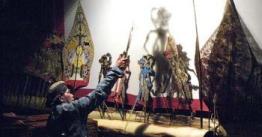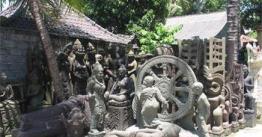You are here
Sangiran Museum

The Sangiran Museum Site is an archaeological area covering approximately 48 square kilometers located in the Bengawan Solo River valley, approximately 15 kilometers north of Surakarta City. Administratively, this archaeological site is located in the Sragen and Karanganyar Regencies, Central Java. The Sangiran Site was designated a Cultural Heritage Site by the Indonesian Government in 1977 and inaugurated as a World Heritage Site by UNESCO in 1996, confirming its importance to the history of world civilization.
Important Discoveries and Java Man
Serious research at Sangiran began in 1934 by German-Dutch anthropologist Gustav Heinrich Ralph von Koenigswald. Through intensive excavations, important fossils of human ancestors were discovered, including:
- Pithecanthropus Erectus (Java Man): The discovery of more than 60 individual fossils proved the presence of the first humans on the island of Java.
- Meganthropus Palaeojavanicus: A large early human fossil also found at this site, enriching the collection and research on hominid evolution.
- The discovery at Sangiran is significant because it makes it the most complete upright hominid (Java Man) site in Asia.
Museum and Collections
The Sangiran Early Man Museum presents an overview of early human history from approximately 2 million years ago to 200,000 years ago, which constitutes the Pliocene-Pleistocene period. The Sangiran Museum's collection is rich, including:
- Hominid Fossils: There are more than 13,086 hominid fossils.
- Ancient Life: Fossils of vertebrates, aquatic fossils, marine plant fossils, and various types of stone tools used by early humans.
A geological dome has been discovered around the site, which serves as a research center. This dome was formed through natural erosion and contains layers of soil that hold valuable information about life and the environment during prehistoric times.
Copyright © 2025,











